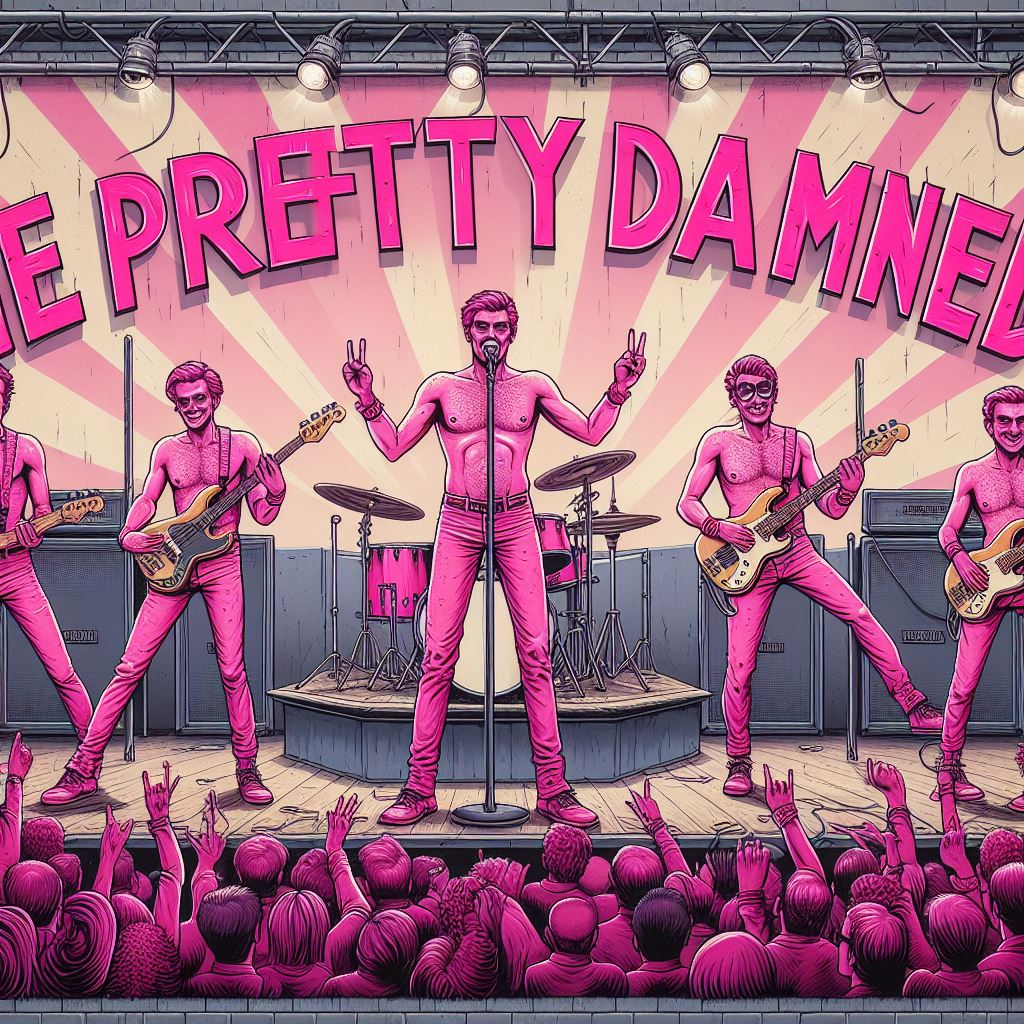Howdy, Stranger!
It looks like you're new here. If you want to get involved, click one of these buttons!
Categories
- 241.3K All Categories
- 22 >> Start Here <<
- 12 New Members
- 8 FAQs
- 86.6K Gear
- 39.5K Guitar
- 3.4K Acoustics
- 1.3K Bass
- 14.6K Amps
- 17.2K FX
- 265 Digital & Modelling
- 765 Other Instruments
- 8.2K Making & Modding
- 419 Gear Reviews
- 107 Guitar Reviews
- 73 Amp Reviews
- 118 FX Reviews
- 87 Other Reviews
- 748 Made in the UK
- 972 Theory
- 1.8K Technique
- 2.1K Live
- 3.2K Studio & Recording
- 2.1K Making Music
- 218 Events
- 15 Guitar Show 2018
- 829 Plug My Stuff
- 105K Classifieds
- 41K Guitars £
- 2.8K Acoustics £
- 138 LH Guitars £
- 895 Basses £
- 10.5K Parts £
- 18.3K Amps £
- 34K FX £
- 2.8K Studio & Rec £
- 6.1K Misc £
- 465 Personnel
- 54.7K Chat
- 36.5K Off Topic
- 1.1K Tributes
- 6.6K Music
In this Discussion
Become a Subscriber!
Subscribe to our Patreon, and get image uploads with no ads on the site!
Quartal harmony
 ThePrettyDamned
Frets: 7484
ThePrettyDamned
Frets: 7484
in Theory
Okay, hit me. I don't get it.
E-A is a fourth. A-D is a fourth. D-G is a fourth.
So why is it that when I bar all of these on any fret it sounds like poop? Is it the distance between notes? Or have I completely misunderstood quartal harmony?
I fancy trying some twists on common progressions and thought this would be a nice thing to try when playing, for example, em, d, c or something.
E-A is a fourth. A-D is a fourth. D-G is a fourth.
So why is it that when I bar all of these on any fret it sounds like poop? Is it the distance between notes? Or have I completely misunderstood quartal harmony?
I fancy trying some twists on common progressions and thought this would be a nice thing to try when playing, for example, em, d, c or something.
0 LOL 0
LOL 0 Wow! 0
Wow! 0 Wisdom
Wisdom
 LOL 0
LOL 0 Wow! 0
Wow! 0 Wisdom
Wisdom Base theme by DesignModo & ported to Powered by Vanilla by Chris Ireland, modified by the "theFB" team.


Comments
Studio: https://www.voltperoctave.com
Music: https://www.euclideancircuits.com
Me: https://www.jamesrichmond.com
x 0 x x x x (that's the bottom A lol)
x x x 7 8 8 (2 4ths, starting on the C of A penta)
x x x 4 5 5
x x 7 7 8 x
x x 4 4 5 x
Etc.
Explore that for starters.
Supportact said: [my style is] probably more an accumulation of limitations and bad habits than a 'style'.
I'll look into those songs @bigjon. What's the deal with all the sus 2 chords? I often like playing the Andy summers add 9 shape from message in a bottle (I think it's add 9 anyway!) and has a similar voice to a sus 2, but they don't sound jazzy.
How would you play a major or a minor chord in quartal harmony? Sus2 chords may work but lack the thirds so the voicing is "empty" - is this where a cracking bassist comes in to fix the voicing?
Supportact said: [my style is] probably more an accumulation of limitations and bad habits than a 'style'.
My YouTube Channel
A very common voicing of this triad in pop piano (e.g. Bruce Hornsby) is C F G C low to high, same notes whether played as Csus4 or Fsus2. On guitar this would be x x 10 10 8 8. Also works really well over a D bass as a Dm7add11, over Eb as Eb6add9, over G as G7sus4, over Ab as Abmaj7add13, and over Bb as Bbsus2add13!!
So add a Bb and an Eb on top of the G C F sus4 triad and you get a Cm7add11/G chord 33334x (that's essentially the chord used in 'So What' - its a lot easier to play than it is to describe!)
Likewise, add a D then an A going downwards below the G C F sus2 triad and you get an F6add9/A chord 55556x a La 'Peg' by Steely Dan.
Other than that, that sounds useful. So... Just try them over different bass notes? Are jazz basslines generally quite boring to let jazz chords work then?
Supportact said: [my style is] probably more an accumulation of limitations and bad habits than a 'style'.
Yes! But if I am going to be a pedantic git then it's a major 6th, not a sharpened 6th!As above, a vamp is like an improvised accompaniment. I can say to my band, just vamp on D whilst I tune up/get a drink etc. They'll just play until I cue them in.
that's why I said sharpened not sharp
Supportact said: [my style is] probably more an accumulation of limitations and bad habits than a 'style'.
So, for example: D,G,C in fourths vertically across the fretboard or inverted as C, G, D in fifths diagonally across the fretboard.
Close voicing is when the notes are within an octave.
Open voicing is when the notes are more than an octave.
Spread voicing is an Open voicing when the Root note is in the bass. (Pads)
Good Stuff here: